Highlights
- Henry Cavill’s experience with swords on screen makes him an excellent choice for the lead role in the Highlander remake, which combines fantasy, science fiction, and supernatural elements.
- The original Highlander movie gained popularity despite poor box office performance, thanks to its unforgettable tagline, “There can be only one.”
- The Highlander franchise includes four sequels, three TV shows, and an animated spin-off, but these should be ignored as they rewrite the events of the original and act as if they never happened.
Henry Cavill might be out as Geralt from The Witcher, but he’s taking up another sword in the remake of a cult classic from 1986: Highlander. This franchise blends fantasy and science fiction aspects together with a dash of supernatural to weave a fascinating tale of corruption, hope, and everlasting life. For an original movie to perform so poorly at the box office, earning only $12 million back against its $19 million budget, it found its way into popular culture with its unforgettable tagline, “There can be only one.”
Henry Cavill is an excellent actor for the lead role if it follows the original story with the same protagonist, as his experience with swords on screen is exactly what’s necessary for Highlander. It’s essentially John Wick with swords, which is also perfect since the studio tapped Chad Stahelski, director of John Wick. Highlander spawned four sequels and three TV shows, along with an animated spin-off. However, those should be ignored as they each rewrote the original’s events and acted as if it never happened.
RELATED: The Strongest Witchers, Ranked
What is Highlander About?
Highlander presents a world much like the real world but adds in the existence of immortal humans destined to kill one another. These immortals become masters with the sword, although ’80s choreography might suggest otherwise, as the only way to kill each other is through decapitation. Everything the audience learns about immortals they learn from Juan Sánchez-Villalobos Ramírez, played by the late Sean Connery, when he arrives in Scotland and becomes Connor Macleod’s (Christopher Lambert) mentor. Interestingly enough, Ramírez is a Spanish name, but the character is originally Egyptian and played by a Scottish actor who uses a Japanese katana in battle. It’s a hodge-podge of character traits excused by his immortality.
Immortals, as Connor learns, feel a compulsion to fight each other to the death. This begs the question of why Ramírez doesn’t immediately kill Connor. The film glosses over it, but it’s clear that there are benevolent and malevolent immortals in the world. Ramírez even briefly mentions that somebody an evil immortal, such as the Kurgan (Clancy Brown), shouldn’t win the prize because it would lead to an eternity of darkness. Instead, Ramírez trains Connor in the many ways to keep his head.
What is this “Prize,” and how does one win it? Ramírez tells Connor that an immortal wins the prize only when one immortal remains, and it’s the power of all immortals through time.
All About the Gathering and the Quickening
Along with all of Ramírez’s lessons, he told Connor about the last immortals feeling compelled to travel to a faraway land for the final battle. He calls this the Gathering and the “faraway land” turns out to be New York City. In the movie’s present day, 1986, Connor finds himself living as an antique dealer under the name Russell Nash in the city that never sleeps. He’s now one of the last few immortals still walking the planet along with Iman Fasil (Peter Diamond), Sunda Kastagir (Hugh Quarshie), and the Kurgan.
Connor dispatches Fasil shortly into the movie and undergoes the Quickening from his death. This is a burst of energy released from an immortal’s dead body that fills the victor of the battle with power and knowledge. Ramírez tells Connor when he’s communicating telepathically with animals is also a form of the Quickening. The film is vague about much of the lore behind immortals. It’s not until future sequels and television adaptations are the gaps filled in, but the immediate sequel, Highlander II: The Quickening, retcons much of what’s learned in the original film. Fans rate it as the worst sequel in the series, claiming it’s best to ignore it completely. Roger Ebert went as far as to say:
If there is a planet somewhere whose civilization is based on the worst movies of all time, ‘Highlander 2: The Quickening’ deserves a sacred place among their most treasured artifacts.
How did Highlander End?

The end of the first Highlander film finds Connor and the Kurgan fighting the last clash between immortals. Upon beheading his longtime enemy, Connor exclaims:
I know everything! I am everything!
As the last immortal standing, Connor becomes one with all living things, capable of sensing the thoughts of every living person on the planet a la Professor Xavier. However, since the Kurgan exuded so much evil within himself, Connor had one last battle before enjoying the fruits of his labor. All of the dark and demonic energy from the Kurgan exploded and bombarded Connor. As the Highlander: The Series eventually explained, this was a “Dark Quickening” that occurs when a malevolent immortal dies. The energy attempts to turn the victor of the fight evil as well, but it fails against Connor.
The ultimate prize for Connor is becoming mortal, which also allows him to bear children. This is a significant prize for someone who has lived ten lifetimes, forced to watch everyone he got close to whither and die with the passage of time. By the film’s end, Connor retires back in the Scotland highlands, his birthplace, where he can have a family. Connor has a headstart on this as he’s not alone. Brenda, a forensics analyst and metallurgy expert helping the NYPD track down Connor, joins him.
Her romantic interest in Connor feels forced and obligatory. She initially crossed paths with him because of the shards of his sword found lodged in a cement pillar in a parking garage from his fight with Fasil. However, the movie needed a romantic interest to drive home the point that Connor doesn’t have to watch another lover grow old while he lives on in an ageless existence. Unfortunately, the two didn’t spend any time building their relationship into a believable romantic one that would make Brenda want to move to Scotland for him. Connor saves her several times from the Kurgan and repeatedly lies to her about his identity. Despite this, the movie ends with Connor Macleod getting his happily ever after. Hopefully, Henry Cavill’s remake lays things out a little better than this 1986 cult classic did.
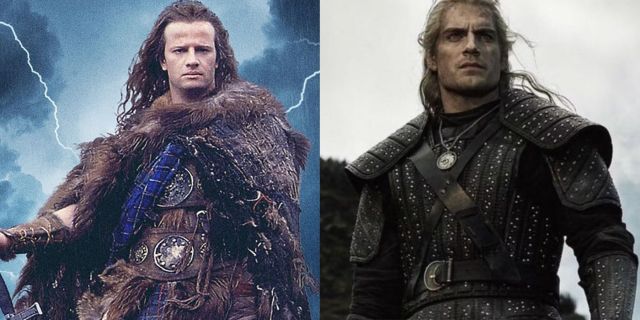

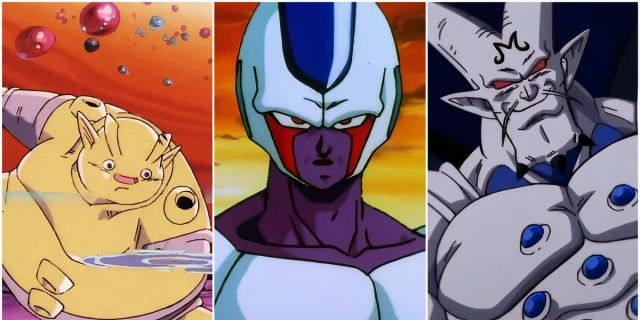
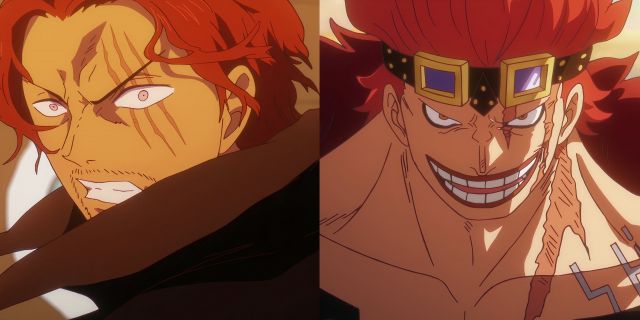
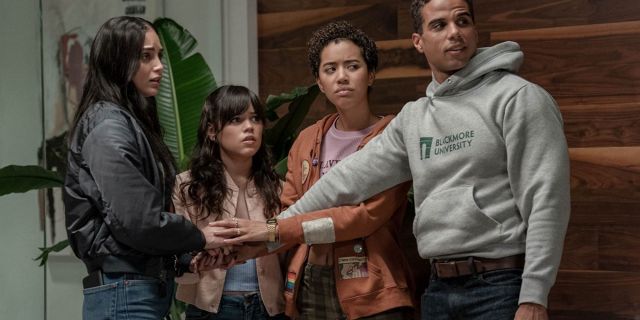
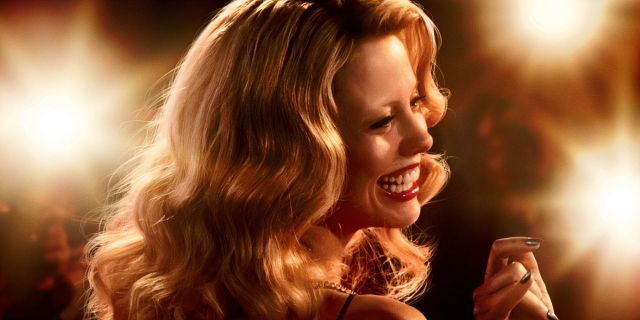
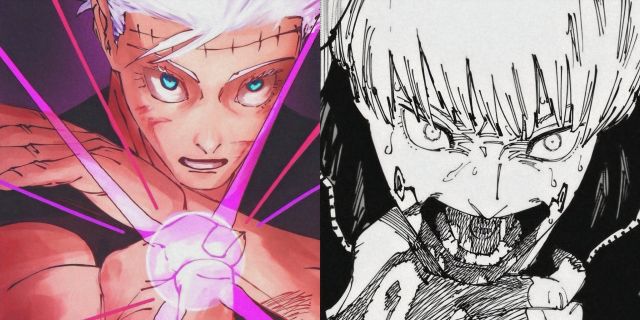
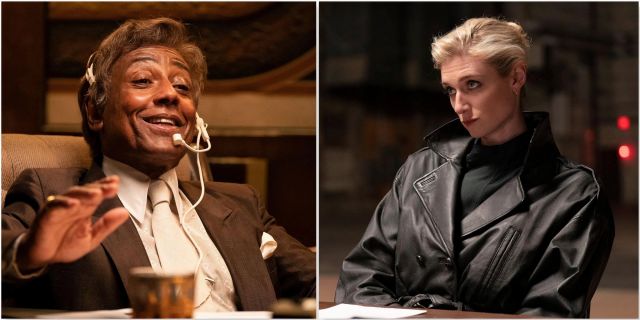
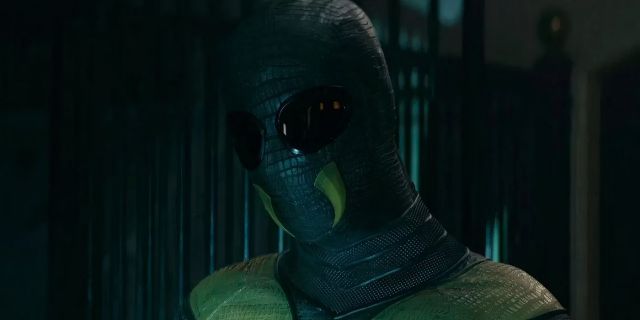
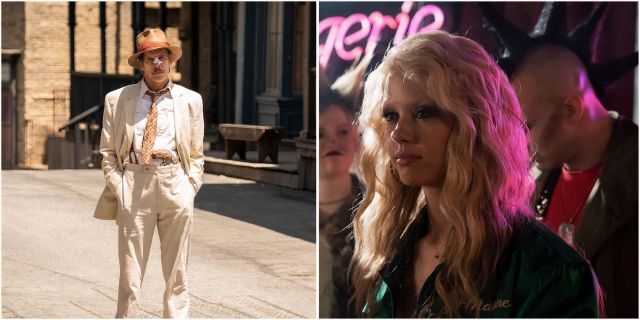
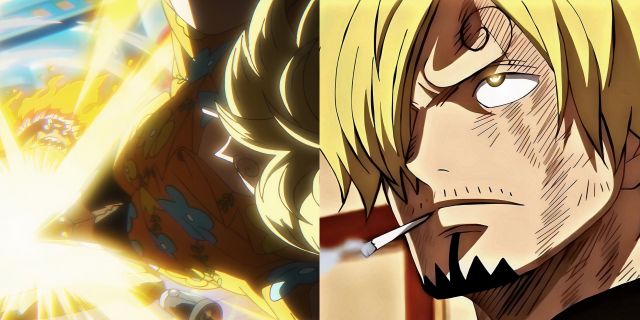
Leave a Reply